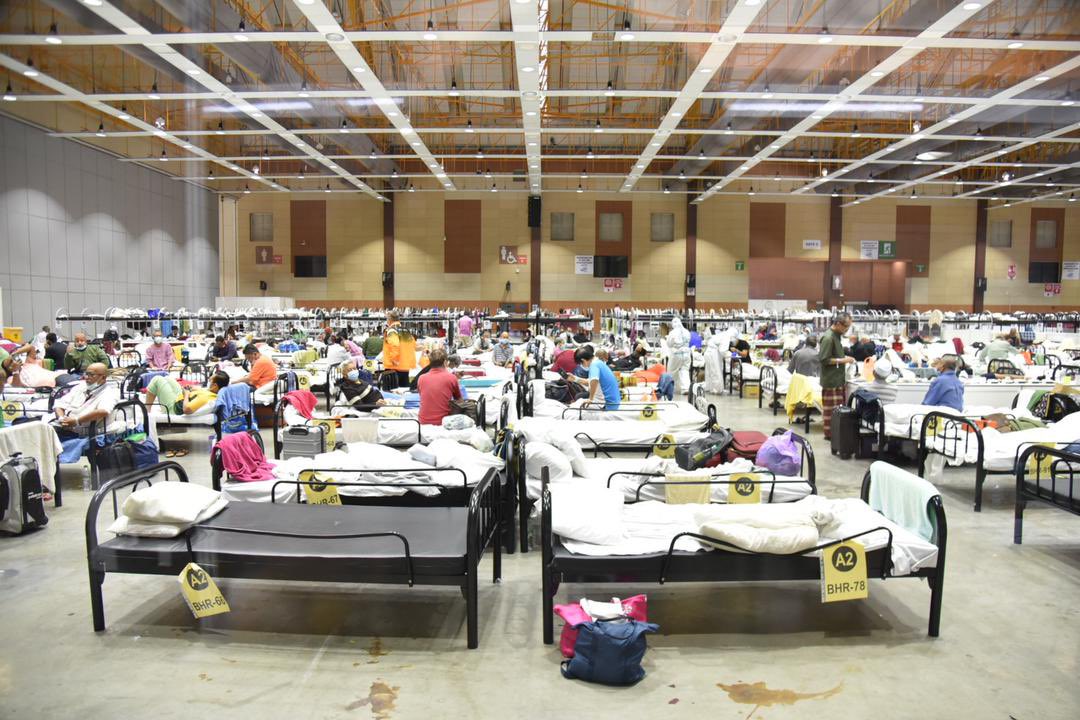KUALA LUMPUR, August 21 — A new Covid-19 variant has triggered international concern due to its high number of mutations that scientists say have not been seen before since the emergence of Omicron.
According to the Guardian, BA.2.86 – nicknamed “Pirola” by variant trackers on social media, after an asteroid – was discovered through genome sequencing, with only six sequences of cases having been reported thus far in four countries.
The first reported case was detected in Israel last August 13; Denmark and the United States subsequently reported three and one sequences respectively of the new lineage of the coronavirus. The United Kingdom confirmed last August 18 that it has also detected the variant in one case.
The BA.2.86 variant has more than 30 mutations in the spike protein relative to the current predominant variant, the Guardian reported.
University College London (UCL) Genetics Institute director Francois Balloux told the UK paper that BA.2.86 was the most marked Covid strain since Omicron that appeared nearly two years ago in November 2021.
“The most plausible scenario is that the lineage acquired its mutations during a long-term infection in an immunocompromised person over a year ago and then spread back into the community,” he was quoted saying.
“Nothing is known at this stage about its intrinsic transmissibility and virulence.”
The UK Health Security Agency’s (HSA) risk assessment for BA.2.86, issued last Friday, suggested “established international transmission” of the virus, due to the variant infecting individuals without recent travel history across four continents.
“It is unreliable to attempt to predict the combined effect of the large number of mutations, however there is sufficient information to expect significant antigenic change. There are also mutations in spike which may be associated with changes in other viral properties,” said the UK HSA.
The US’ Centers for Disease Control and Prevention (CDC) said in a post on X last Friday that it is tracking BA.2.86 and will provide more data once it has learned more.
The World Health Organization (WO) stated Friday that it has designated BA.2.86 as a “variant under monitoring” due to its large number of mutations.
A “variant under monitoring” is the lowest of three levels of alert, below “variants of interest” and “variant of concern” that is the highest level of alert. To date, only three Covid-19 variants — XBB.1.5, XBB.1.16 and EG.5 — are listed as “variants of interest”; the WHO has not identified any new “variants of concern” since that classification for Omicron on November 26, 2021.
As worldwide monitoring of Covid-19 variants has tapered off, epidemiologists are worried that the six sequences of the BA.2.86 found so far could be representative of many more, CNN reported.
According to Jesse Bloom – who studies viral evolution at the Fred Hutchinson Cancer Center in Seattle – BA.2.86 has more than 30 amino acid changes to the spike protein compared to the BA.2 subvariant of Omicron, its closest predecessor.
“This makes it an evolutionary jump comparable in size to that which originally gave rise to Omicron,” Bloom posted on his lab’s website.
The 30 new mutations in the variant are unusual for the coronavirus, said Morten Rasmussen, a senior researcher at the Statens Serum Institute — a governmental public health and research institute under the Danish Ministry of Health.
“It is unusual for corona to change so significantly and develop 30 new mutations. The last time we saw such a big change was when Omicron appeared,” said Rasmussen in a news statement.
According to the GISAID database of virus genome sequences, Malaysia sequenced and shared about 1.8 per cent of reported Covid-19 cases in the last 90 days, lower than Cambodia (31.4 per cent), Laos (24.8 per cent), Thailand (4.8 per cent), Brunei (4.4 per cent), and Singapore (2.3 per cent).








